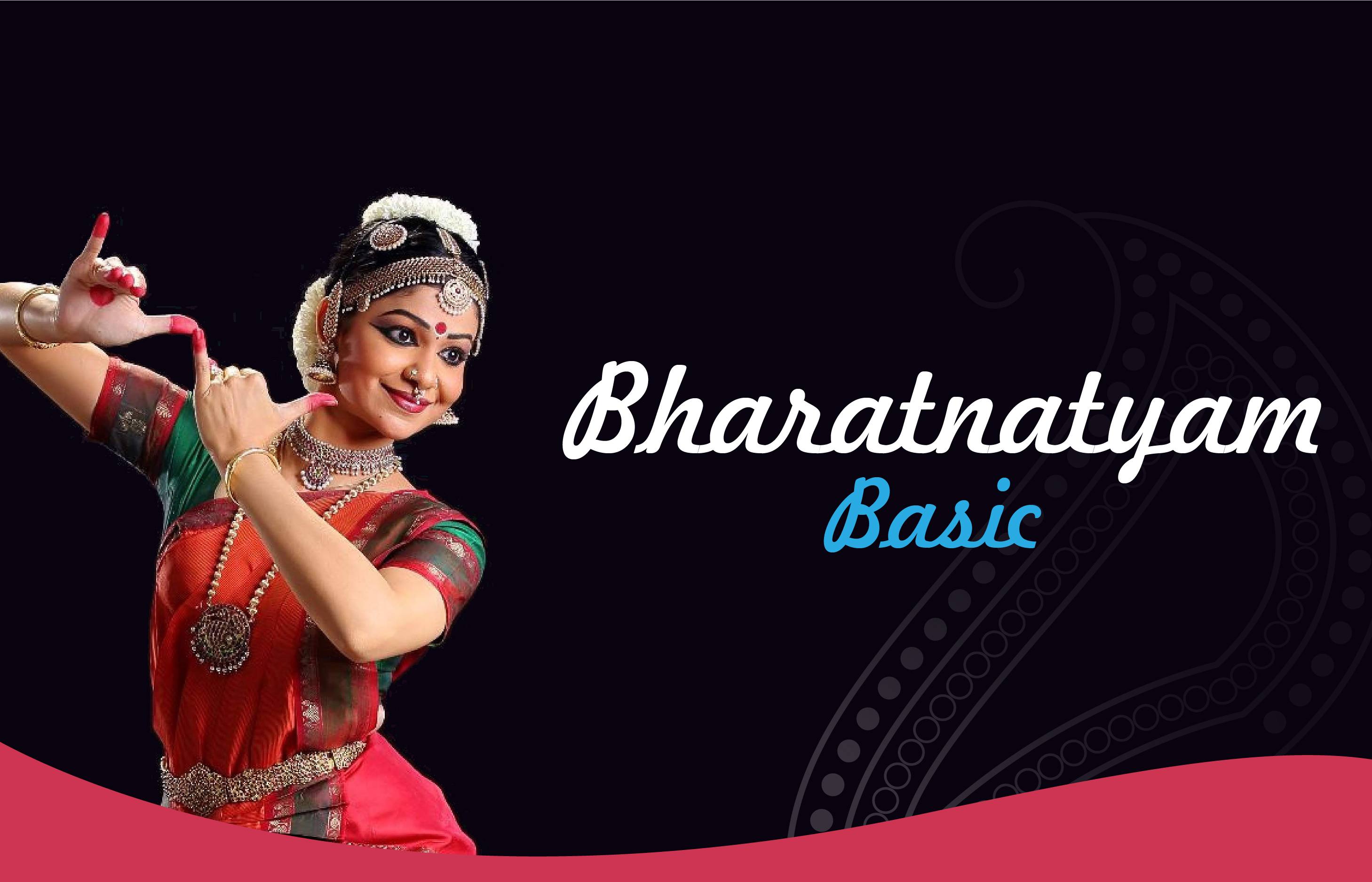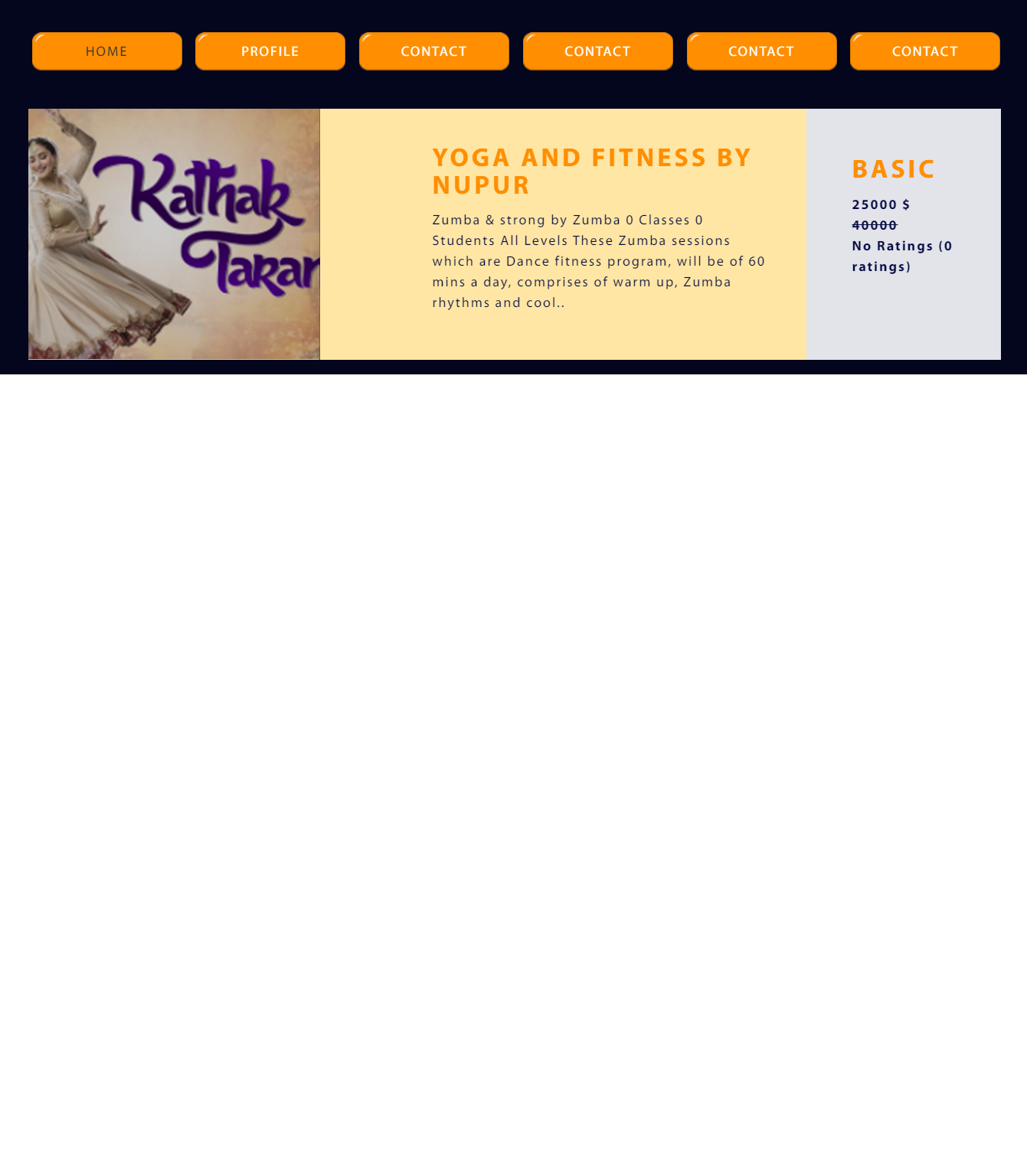-

- Courses
-
Academia
JEE
Advanced 2021
Advanced 2022
NEET
2021
2022
CBSE
Class 6th
Class 7th
Class 8th
Class 9th
Class 10th
ICSE
Class 8th
Class 9th
Class 10th
State Board-AP/..
Class 6th
Class 7th
Class 8th
Class 9th
Class 10th
Bridge Course
Bridge Course 8th Class
Bridge Course 9th Class
Bridge Course 10th Class
TestBundle
Class 8 Bundle AP & Telangana State Board
Class 9 Bundle AP & Telangana State Board
Class 10 Bundle AP & Telangana State Boards
Dance
Bharatnatyam
Basic Level
Intermediate Le..
Kuchipudi
Basic Level
Intermediate Le..
Kathak
Basic Level
Intermediate Le..
Bollywood Free..
Basic Level
Intermediate Le..
Mohiniyattam
Basic Level
Intermediate Le..
Yoga & Fitness
Zumba
Dance in Sync
Fusion Yoga
Fusion Yoga
Pilatus Powerho..
Pilates
Combust (Functi..
Functional Trai..
Smart Kids
Music
Carnatic Vocal
Basic
Hindustani Voca..
Basic
Keyboard
Basic
Guitar
Basic
Tabla
Basic
Veena
Drums
Art & Lifestyle
- Spotlight
- Exams
- Free Classes






